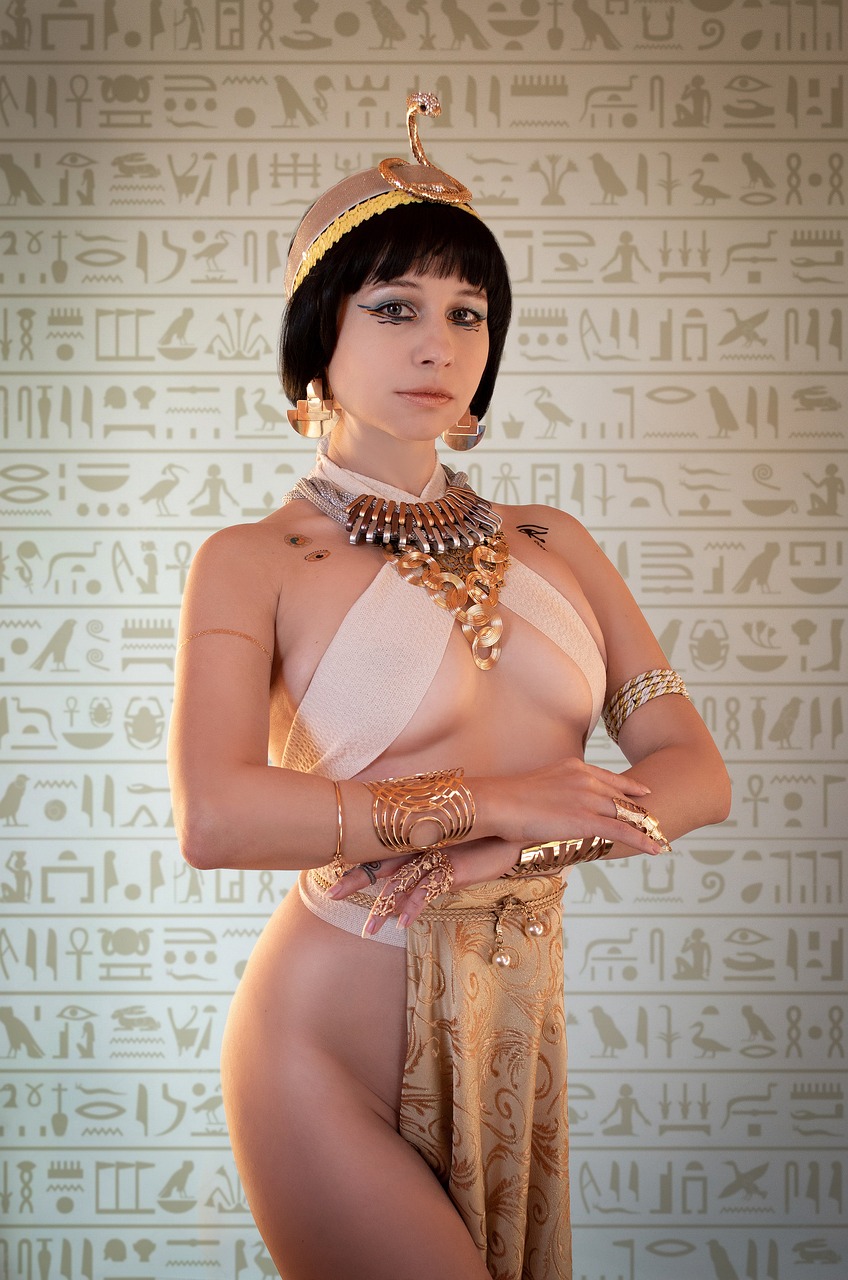Ancient Egyptian Religion: An Insight into Beliefs and Practices
Ancient Egyptian religion, a complex tapestry of beliefs, evolved from indigenous practices dating back to the predynastic era (4th millennium BCE) and persisted until the early centuries CE when traditional customs began to fade. To fully appreciate the intricacies of this religion, it’s essential to understand its historical context and how it interwove with the fabric of Egyptian society over more than 3,000 years.
Nature and Significance
Religious beliefs and practices in ancient Egypt were deeply entrenched in social life since around 3000 BCE. Although some elements likely stemmed from earlier prehistorical traditions, the formation of the Egyptian state introduced a fresh context for these religious observances. Rather than perceiving religion as a singular coherent system, it is more accurate to view it as an array of phenomena that intertwined with various nonreligious human endeavors. Over the millennia, Egyptian religion saw substantial shifts in focus and rituals, yet maintained a consistent character and style throughout its history.
It’s crucial to broaden the definition of religion beyond merely the worship of deities and personal devotion. Religious behaviors extended to interactions with the deceased, divination practices, oracle consultations, and magic, heavily relying on divine associations and interventions. Central to public religion were two pivotal entities: the king and the gods, both instrumental in defining Egyptian civilization’s identity.
The Role of the Pharaoh
The Pharaoh occupied a unique role as an intermediary between humanity and the divine. Responsibilities included participating in the divine realm and erecting monumental funerary structures aimed at ensuring a favorable afterlife. Among the pantheon of Egyptian gods, a diverse array of representations—often combining human and animal characteristics—was prominent. Crucial among these deities were the sun god, noted for various names and attributes, connected to an extensive array of supernatural beings cycling with the sun, and Osiris, the deity ruling over the afterlife and the underworld. With his partner, Isis, Osiris gained prominence during the first millennium BCE, particularly as solar worship experienced a decline.
The Cosmic View
The Egyptians envisioned a cosmos encompassing both divine entities and the earthly realm, with Egypt positioned at its center, surrounded by chaotic forces threatening to disrupt order. Maintaining this balance was pivotal, with the king tasked as a key figure to uphold divine favor and societal order against the lurking chaos. This rather cynical outlook on existence was closely tied to the sun god and the cyclical nature of the solar phenomenon, legitimizing the king and elite’s roles in navigating societal stability.
Despite acknowledging the potential for chaos, the iconography and engravings on monuments often depicted an optimistic portrayal of the cosmos, showcasing a harmonious relationship between the pharaohs and the divine. This representation served to affirm the delicate nature of order preserved within Egyptian society. Furthermore, the artwork followed strict guidelines concerning decorum, dictating what could be visually expressed, how, and in which contexts. This adherence to propriety not only preserved a sacred order but also solidified the beliefs reflected in the monuments created for and by kings and their elite circle.
Conclusion
While the beliefs and rituals of common people remain less understood, there is no strong basis for assuming significant disparities existed between elite and non-elite practices. However, the complexities of ancient Egyptian religion, its intertwining with societal structures, and its evolution over time highlight a profound narrative reflecting humanity’s quest for order, understanding, and connection with the divine.



